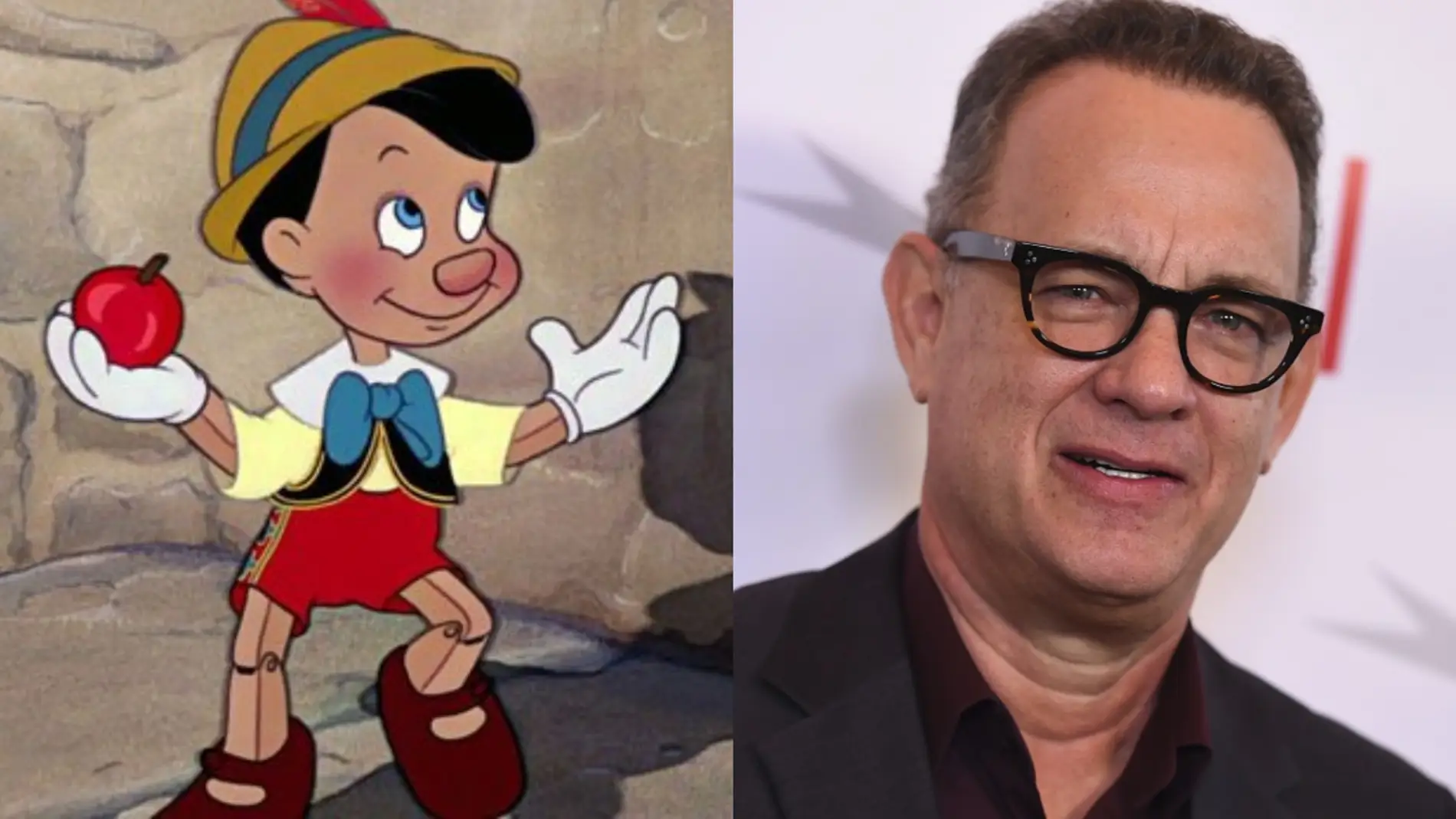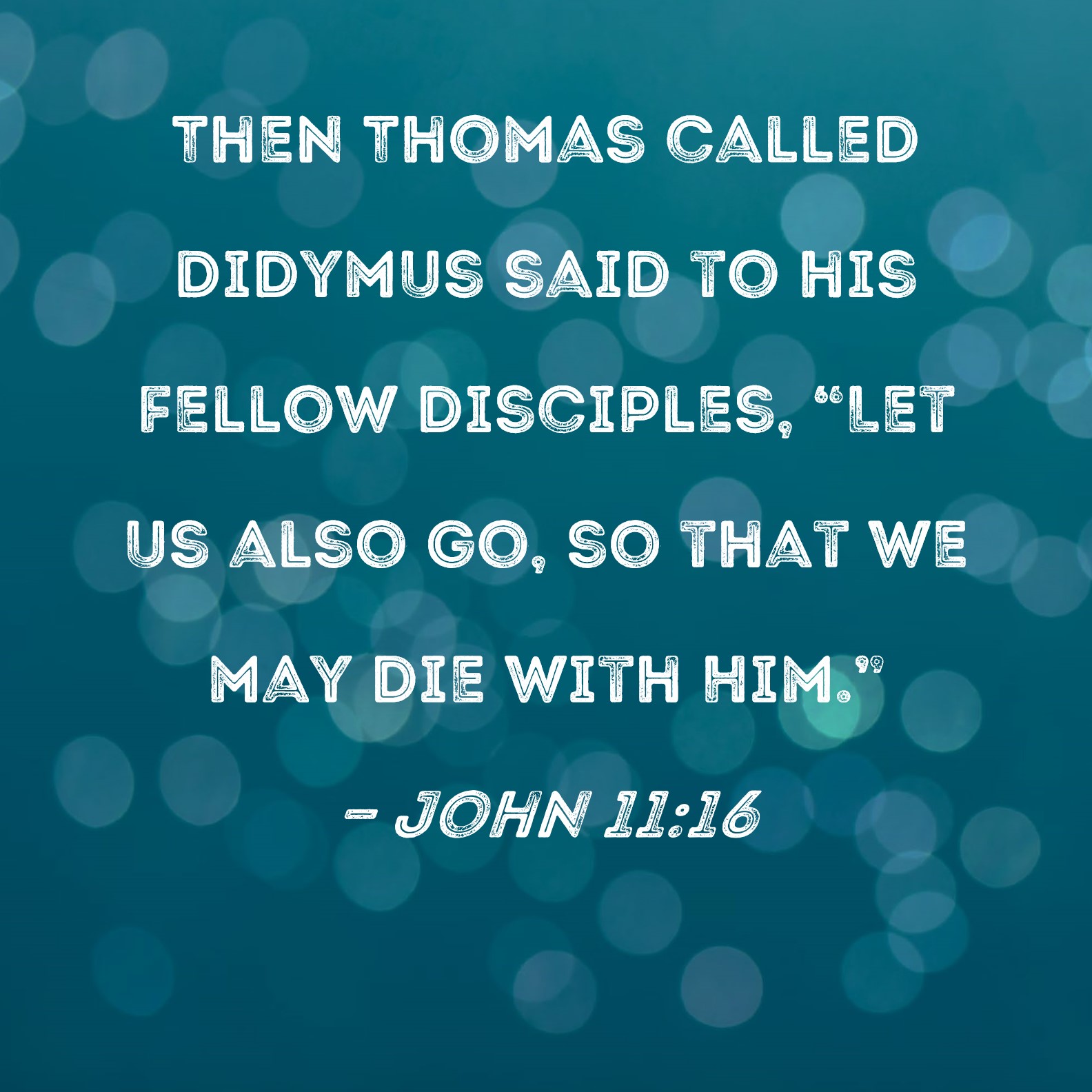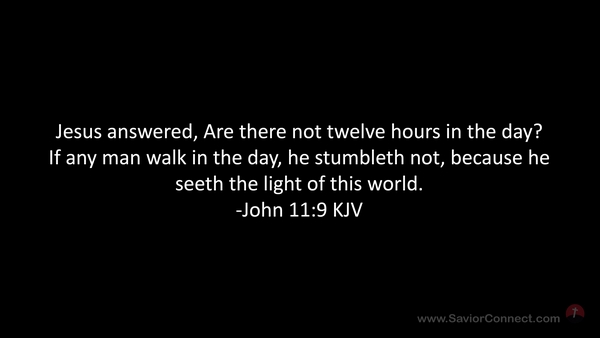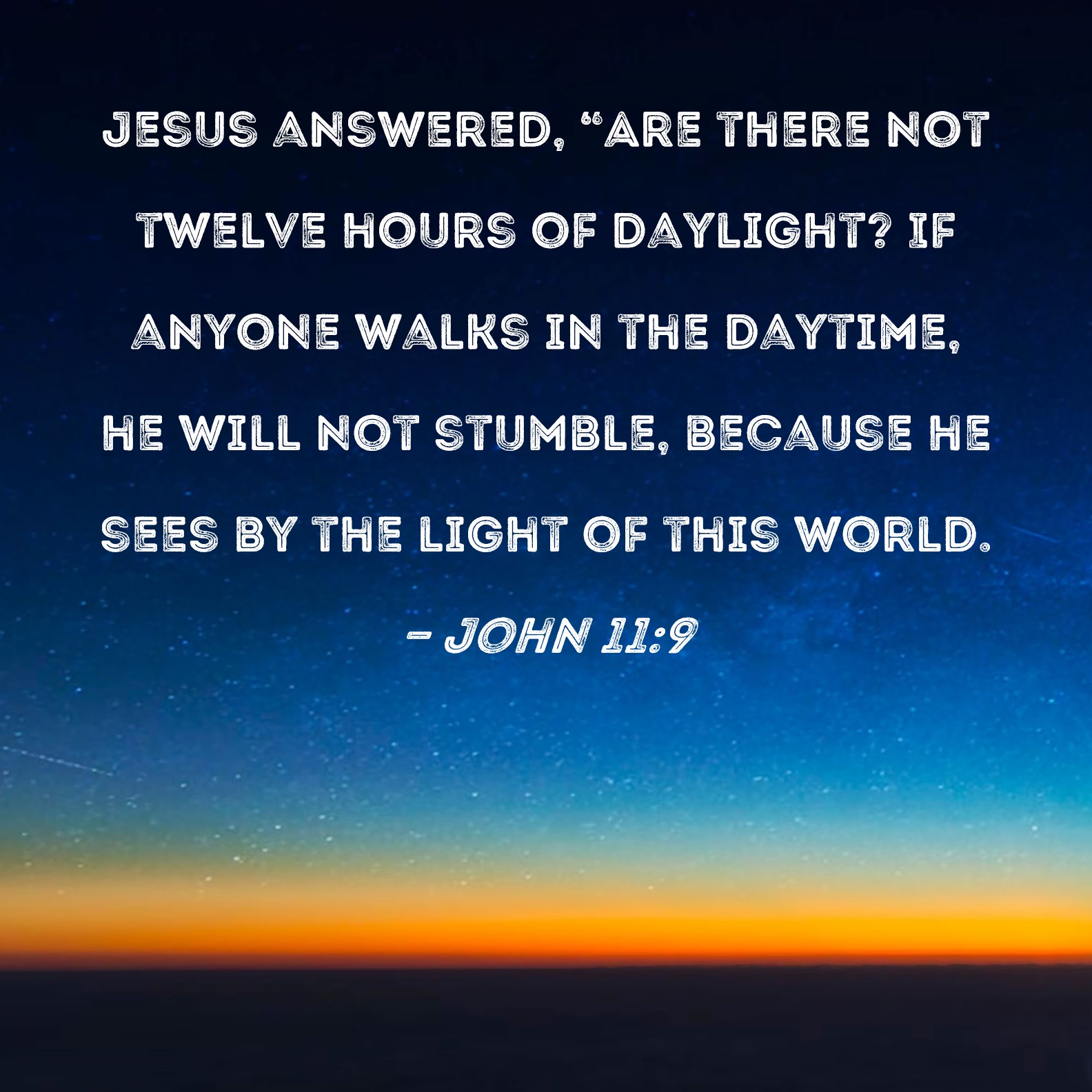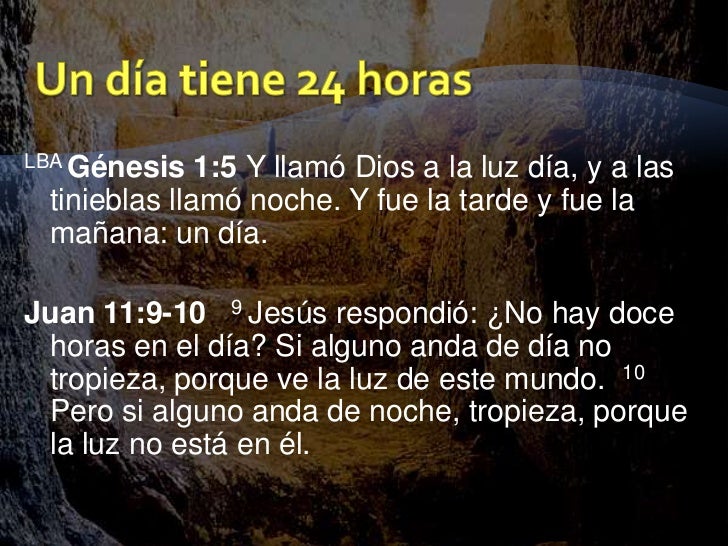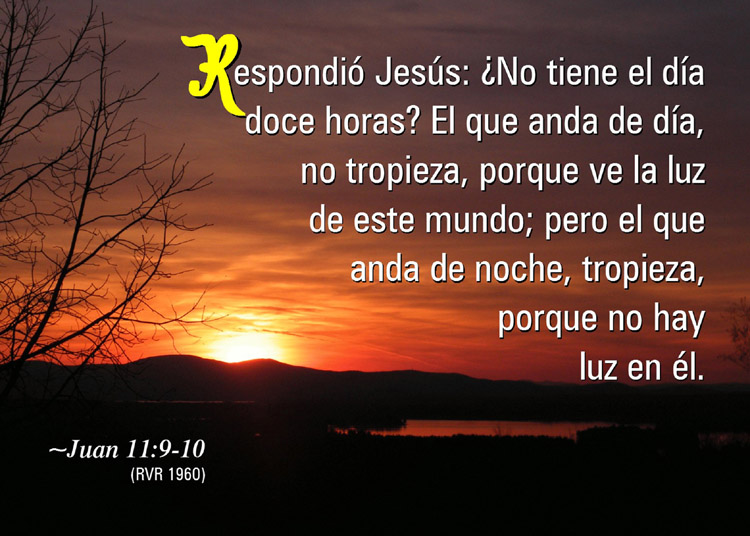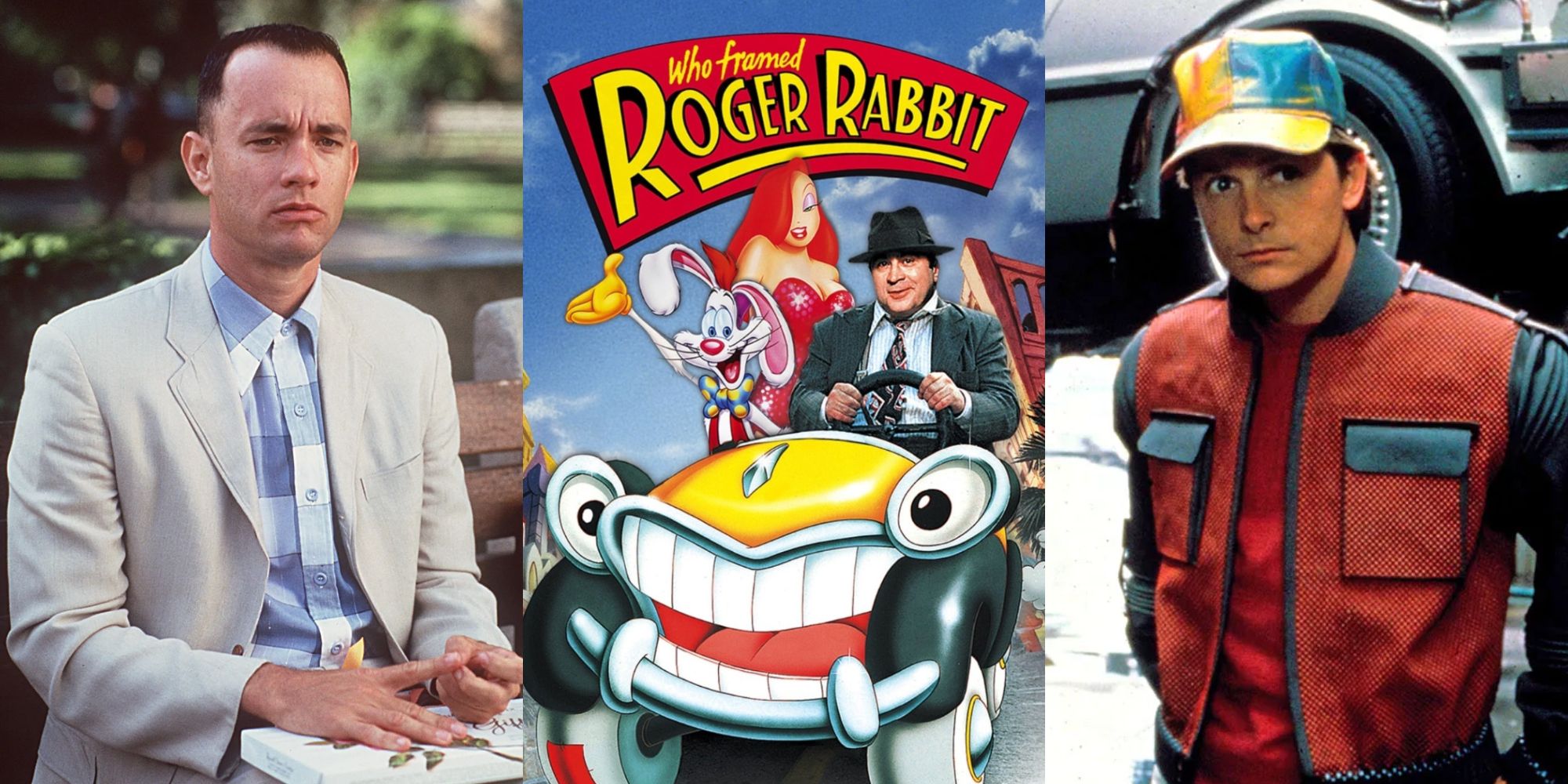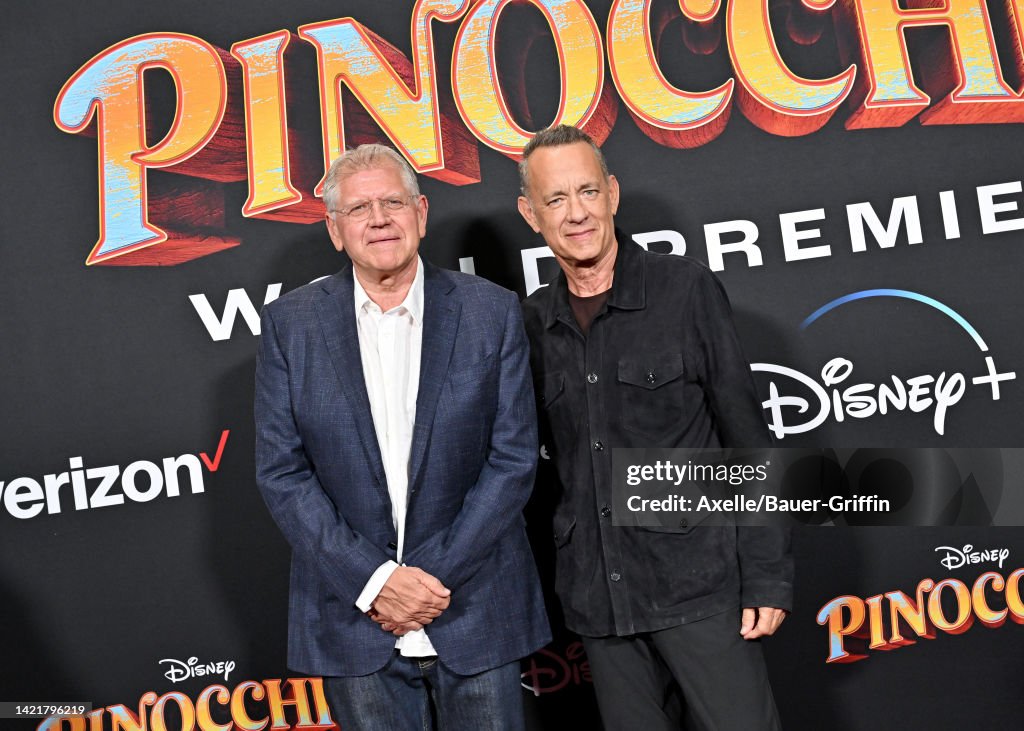|
|
General: ANGELS AND DEMONS TOM HANKS WEARS A MICKEY MOUSE WATCH DISNEY
Elegir otro panel de mensajes |
|
|
Watching Movies Tom Hanks Wears A Mickey Mouse Watch In 'Angels & Demons'
Everyone's favorite deputy trades in his Pixar ID for a Disney one.
Based on Dan “DaVinci Code” Brown’s bestselling novel of the same name, Angels & Demons (2009) follows the exploits of Robert Langdon (played by Tom Hanks) as he gallivants across Rome and the Vatican trying to foil the murderous exploits of the secret society known as the Illuminati. With his slicked-back-hair and action-movie pedigree, Langdon is reminiscent of Nic Cage’s character Benjamin Franklin Gates in National Treasure – only Langdon doesn't wear a Rolex. His wristwatch is far more playful.
Image courtesy, Columbia Pictures
It's the final day of Character Watch Week! If you haven't read our coverage ranging from Pokemon to the Black Panther, be sure to check it out. We even ranked our favorite Mickey Mouse watches of all time, which is where Robert Langdon comes into play. He may very well be one of the top minds in the field of art history and symbology (he's a Harvard professor, after all), but he doesn't let that get to his wrist.
While he most certainly has the means for all manner of luxury watches, he opts for a timepiece more fitting for a rumpled professor. That would be a Mickey Mouse watch, complete with moving arms that tell the time. (Happy now, Jack?)
Robert Langdon (Tom Hanks) with the Vatican police, trying to solve the mysteries of the Illuminati with his Mickey Mouse watch. Screengrab courtesy, Columbia Pictures
Langdon's watch is an unassuming variation on the longstanding Mickey tradition. It's small and fitted to a black leather strap with the literal words "Mickey" and "Mouse" printed vertically on the dial. The history of these watches is long (and still continuing) but it dates back to the early 1930s, when the Ingersoll watch company (which would one day become Timex) unveiled a Mickey Mouse pocket watch – later followed up by the wristwatch which has been iterated on countless times over the years. Langdon's appears to be a Bradley Mickey Mouse watch, specifically.
Similar Bradley Mickey Mouse watch to the one worn by Tom Hanks in Angels & Demons. Image courtesy, Goodwill
This is a character watch no matter how you want to define the category. But the question lingers: Why does he wear this? Why not choose a more rugged timepiece fit for his continent-hopping adventures? While we don't find that answer in the movie, we do find it in the pages of Dan Brown's novels.
In The DaVinci Code, we learn about Langdon's history with the watch:
"Pulling back the sleeve of his jacket, he checked his watch – a vintage, collector's-edition Mickey Mouse wristwatch that had been a gift from his parents on his tenth birthday. Although its juvenile dial often drew odd looks, Langdon had never owned any other watch; Disney animations had been his first introduction to the magic of form and color, and Mickey now served as Langdon's daily reminder to stay young at heart. At the moment, however, Mickey's arms were skewed at an awkward angle, indicating an equally awkward hour."
Langdon, alongside CERN scientist Vittoria Vetra (played by Ayelet Zurer), in Angels & Demons. Screengrab courtesy, Columbia Pictures
It goes even deeper than that, believe it or not, and you can read the book for yourself if you want additional context. We're interested in the movie that brings the watch to life. And since Langdon's watch is covered up throughout The DaVinci Code movie, that brings us to Angels & Demons.
Nearly an hour into the film, Langdon is hot on the trail of the Illuminati's plans. Alongside Vittoria Vetra (Ayelet Zurer) – a CERN (European Organization for Nuclear Research) scientist, and the Vatican police – he arrives at St. Peter's Square hoping to catch the secret society in the act of wrongdoing. The setting is teeming with tourists, news trucks, and reporters. As he makes his way through the crowd, Langdon takes a moment to check the time [00:54:10]. This is when we get the money shot. Underneath his blue dress shirt sits a vintage Mickey Mouse watch, with its active hands busy telling the time. You don't often get such overt watch shots in films – and never a Mickey Mouse watch – but it jives with the absolute lack of subtlety at large on the part of this movie franchise
Screengrab courtesy, Columbia Pictures
In the third act, Langdon convinces the Italian police force to take him to the Piazza Navona where he's certain the Illuminati are planning to brand and murder a Cardinal. When they arrive on the scene, they see a suspicious van pull up and turn its lights off. The police make their way over to the van to investigate and are immediately taken out by an assassin (who happens to be wearing a two-tone Rolex Datejust). The assassin proceeds to wheel the Cardinal out from the van, on a rig with bench press weights attached and drop him into a fountain. Langdon jumps in – eventually aided by good samaritans and manages to save the drowning Cardinal. All the while he has his Mickey Mouse watch on [00:01:30], which becomes visible as he rests his drenched arm on the outside of the fountain. There's no way this watch has that kind of water resistance but … movie magic right?
Screengrab courtesy, Columbia Pictures
Angels & Demons (starring Tom Hanks and Ewan McGregor) is directed by Ron Howard, with props by Trish Gallaher Glenn, and Federico Ciommo. It's available to stream on Netflix and rent on iTunes or Amazon.
Lead image courtesy, Columbia Pictures
https://www.hodinkee.com/articles/tom-hanks-wears-a-mickey-mouse-watch-in-angels-and-demons |
|
|
|
|
https://es.slideshare.net/Pritiba/use-of-symbols-science-and-art-in-the-da-vinci-code-novel-by-dan-brown |
|
|
|
|
Robert Zemeckis to direct Disney's long-developing live-action Pinocchio remake
Published on January 24, 2020 07:37PM EST
PHOTO: MICHAEL KOVAC/GETTY IMAGES; EVERETT COLLECTION
Robert Zemeckis wished upon the right star.
The Back to the Future filmmaker has closed a deal to direct Disney's live-action remake of Pinocchio, EW has confirmed. Zemeckis will also co-write a new draft of the screenplay with Chris Weitz (the writer of 2015's Cinderella), who is producing the film as well.
This comes on the heels of the news that Disney has a photorealistic Bambi remake in the works. Taken together, these developments suggest that the Mouse House is making a substantial effort to emotionally scar a new generation of kids: 1940's Pinocchio, after all, is known as one of the most demented Disney films in the canon. (Between the kids turning into donkeys, its hero getting locked in a cage, and a few of the studio's most grotesque villains, the movie has been giving kids a flood of nightmares for almost 80 years now.)
The Pinocchio remake has taken a relatively long and bumpy road to the screen. The project was first announced in 2015, and has seen both 1917's Sam Mendes and Paddington's Paul King join and then depart as director. Tom Hanks was reportedly in talks to play Pinocchio's "father" Geppetto in 2018; it's unclear if he is still attached to the film.
Zemeckis is currently directing a new adaptation of Roald Dahl's The Witches, starring Anne Hathaway and Octavia Spencer, for Warner Bros. That film will hit theaters Oct. 9. Pinocchio does not yet have a release date.
Related content:
|
|
|
|
|
‘Pinocchio’ Review: Tom Hanks Can’t Save Robert Zemeckis’ Latest Soulless, Weird, Uncanny Valley Effort
September 8, 2022 9:32 Am
Here’s one hell of a way to remember just how strange “Pinocchio” (1940) was: watch Robert Zemeckis’ hallucinatory live-action remake of it, now playing on Disney+. Some of the kooky parts here are not from the script by Simon Farnaby and Chris Weitz—to their credit, they didn’t invent the hedonistic sugary kid-hell of Pleasure Island, or the concept of an innocent boy whose wooden appendage grows, or a lonely man’s fixation on having a manic pixie dream son (Italian author Carlo Collodi did). But Zemeckis and company do repeat all of those notes, and add more strangeness of their own, while giving us another lifeless live-action adaptation from the factory that’s inside the Disney vault.
Zemeckis’ “Pinocchio” is a smattering of confusing decisions and inappropriate gestures for family entertainment, with an uncanny nature that starts with the talking wooden doll: he’s a direct CGI adaptation of the animated version as if this were “Space Jam: A New Legacy.” This Pinocchio (voiced by Benjamin Evan Ainsworth) has a fixed smile line on his mouth, drawn on by his master Gepetto, like a clown doll you wouldn’t want to be left in a dark room with. Figaro, the black and white shop kitty? Still adorable. Jiminy Cricket, voiced by Joseph Gordon-Levitt, like he’s trying to win a Cliff Edwards impersonation contest? Fine. But Pinocchio? Even more unsettling.
READ MORE: Fall 2022 Preview: 60+ Must-See Films To Watch
Then there’s the moment when this Pinocchio—before he goes off to school, which then becomes an adventure through the perils of showbiz, root beer temptation, and a sea monster’s belly—gets on his wooden hands and knees and smells a pile of shit. “I can’t wait to get to school and learn what all this stuff is!” he excitedly remarks. Do we really need to see that—like when Norman Bates is shown masturbating in Gus Van Sant’s remake of “Psycho”—to understand Pinocchio’s naïveté? It’s touches like that that make “Pinocchio” far more unhinged than it is emotionally grabbing, when its soul wants to be both, always with a permanent smile on its face.
In less glaring moments of Zemeckis still trying to get through some “Welcome to Marwen” irreverent doll humor out of his system, he treats the journey of Pinocchio as a set of thrill rides, so at least the pacing is commendable. There are numerous scenes of characters being zipped away, riding through something like the confectionary terrain of Sugar Mountain on Pleasure Island, or later when our heroes are racing to the end of the sea beast’s closing mouth. There are a couple of peppy original music numbers from Alan Silvestri and Glen Ballard, which prove to be the best place for Kyanne Lamaya’s endearing new character Fabiana to charm Pinocchio with her own marionette and dreams. (And for those Silvestri heads out there, his score is maybe sending some type of call for help by borrowing notes from his theme to “Mac and Me.”)
The big selling point for this live-action remake must be that it has Tom Hanks as woodcarver Gepetto, here with a bushy mustache and accent that booms every O in “Pinocchiooo!” as he celebrates and then searches for the wooden boy who goes missing on the way to school. But his sad muttering to himself doesn’t create the emotional tissue this version needs, especially when it adds an element of loss that’s different than the original’s Gepetto’s feeling of “It would be nice if he were a real boy.” You just feel so little for this version of Pinocchio or the human father who pines for him to return.
For all the talk about the uncanny valley that has followed Zemeckis’ films—with characters that aren’t believable enough to the human eye—“Pinocchio” does feel like it has passed that visual threshold. Sly entertainment fox Honest John (voiced on a sugar-high by Keegan-Michael Key) is a victorious example of this, with an electric energy, flowing fur, and clattering jaw. It’s hard to imagine a tall fox in a top hat looking any more realistic in a mostly live-action story.
But now it’s the storytelling that has reached an uncanniness here; this “Pinocchio” takes place in a world far stranger because of its high-def clarity, and it feels unnatural even for a fantasy. It makes the movie challenging to access in the lightest terms, and only little tidbits get out alive: Cynthia Erivo, as the new Blue Fairy, gives a rousing rendition of “When You Wish Upon a Star” as if it had been written for her. The practical sets are eye-popping, too, like the stages built for Pleasure Island, where kids smash clocks and record hateful videos while Luke Evans (as The Coachmaster) pops up to hand them root beer.
“Pinocchio,” released on Disney+ Day, is meant to be a wistful return to the moment in which “When You Wish Upon a Star” offered the melodic motif that now ushers in any Disney movie and became a company credo. Gepetto even has cuckoo clocks made of countless Disney and Pixar references, as if his humble workshop were the center of a universe. But instead of providing Disney peacefulness, it offers a bizarre moment of reflection: on both the questionable, ingrained Disney innocence of the past and what happens when these live-action movies repeat these elements with a cult-like sense of faithfulness and duty. This “Pinocchio” is real, and it’s real weird. [C-]
https://theplaylist.net/pinocchio-review-tom-hanks-cant-save-robert-zemeckis-latest-soulless-weird-uncanny-valley-effort-20220908/ |
|
|
 Primer Primer
 Anterior
5 a 19 de 19
Siguiente Anterior
5 a 19 de 19
Siguiente
 Último
Último

|
|
| |
|
|
©2025 - Gabitos - Todos los derechos reservados | |
|
|








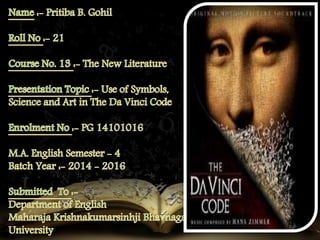

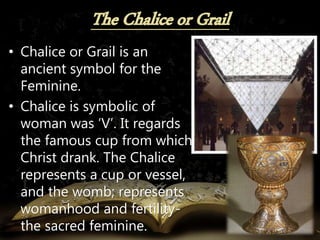
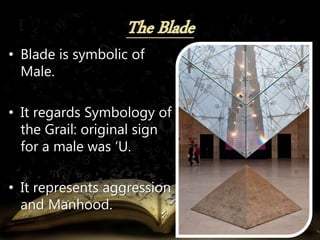
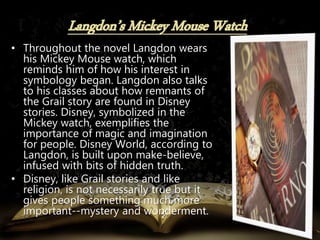
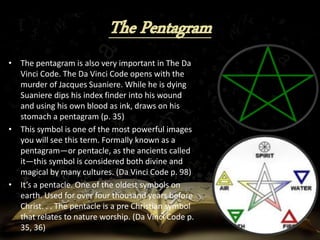
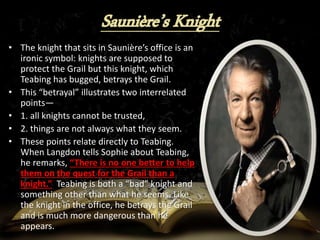

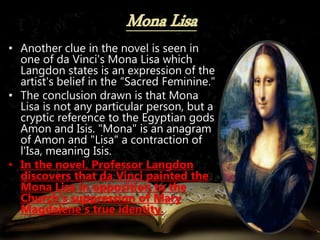
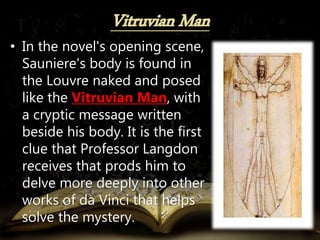
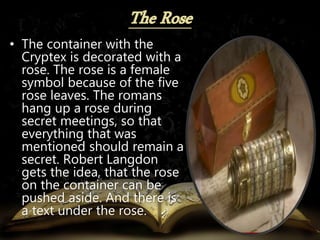
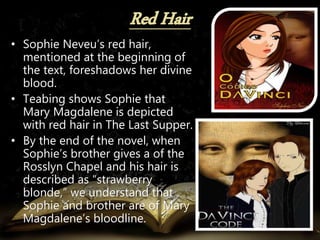
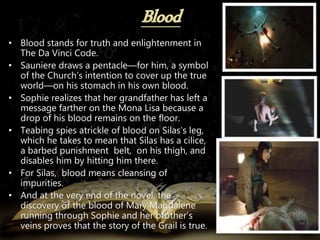
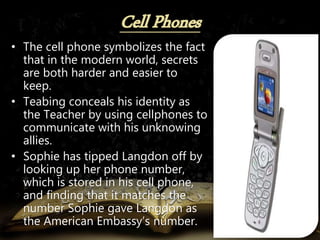
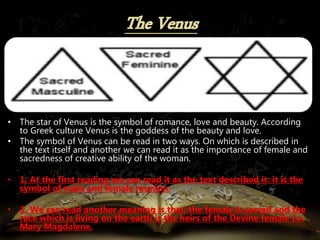
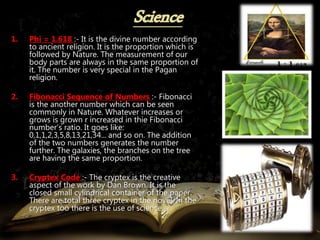
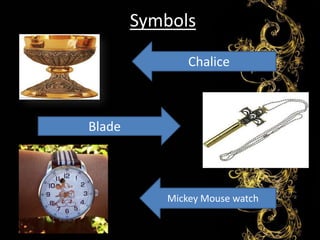
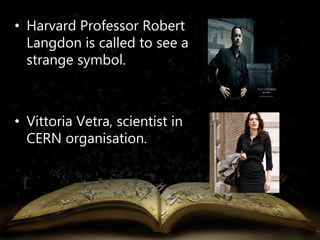
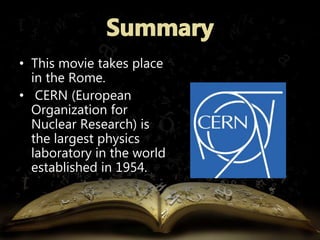


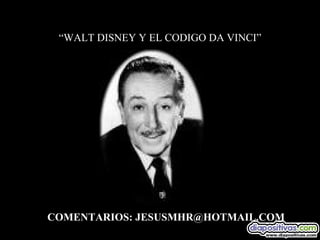
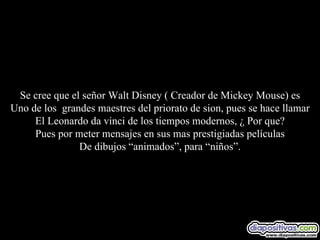
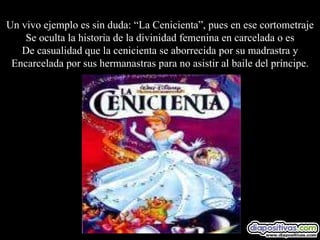


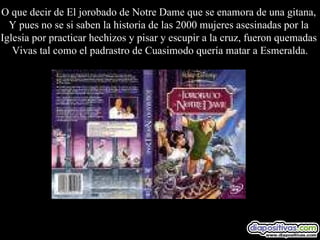
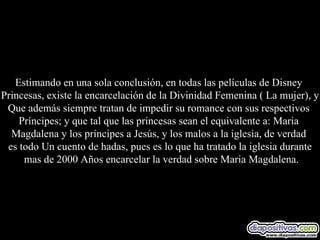
:max_bytes(150000):strip_icc():format(webp)/pinocchio-2000-37602ab162084e5596d9d1716d2d377e.jpg)

